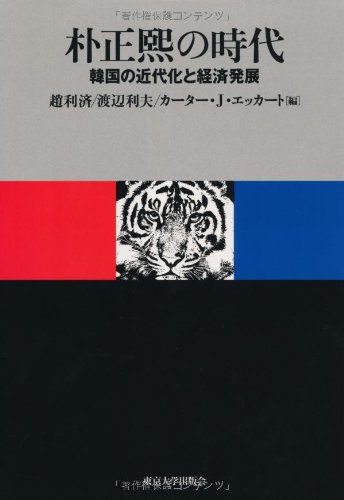1 0 0 0 OA 視線知覚空間の異方性
- 著者
- 森 将輝 渡辺 利夫
- 出版者
- 日本基礎心理学会
- 雑誌
- 基礎心理学研究 (ISSN:02877651)
- 巻号頁・発行日
- vol.37, no.1, pp.29-40, 2018-12-26 (Released:2019-01-25)
- 参考文献数
- 37
- 被引用文献数
- 1
People are generally unable to correctly determine the fixation point from the gaze direction when facing another person. This study investigated this tendency from the viewpoint of the anisotropy of space. Experiment 1 showed that compared with the physical space, the gaze perceptional space was 1.227 times larger laterally and 0.516 times narrower sagittally, suggesting that the gaze perceptional space has an orthotropic property. Furthermore, this space had an anisotropic property in the oblique direction. In Experiment 2, the space was constructed from the verbal cues of distance and angle, with the same size as the physical space in Experiment 1. Compared with the physical space, the space constructed from the verbal cues was 0.866 times larger laterally and 0.783 times narrower sagittally. These results show that the gaze perceptional space differs from the space constructed by verbal cues in terms of the degree of anisotropy. They also suggest that gaze direction was not judged on the basis of quantitative verbal representation concerning distance and angle.
1 0 0 0 朴正煕の時代 : 韓国の近代化と経済発展
- 著者
- 趙利済 渡辺利夫 カーター・J・エッカート編
- 出版者
- 東京大学出版会
- 巻号頁・発行日
- 2009
1 0 0 0 OA 視線知覚空間の異方性
- 著者
- 森 将輝 渡辺 利夫
- 出版者
- 日本基礎心理学会
- 雑誌
- 基礎心理学研究 (ISSN:02877651)
- 巻号頁・発行日
- pp.37.3, (Released:2018-12-06)
- 参考文献数
- 37
People are generally unable to correctly determine the fixation point from the gaze direction when facing another person. This study investigated this tendency from the viewpoint of the anisotropy of space. Experiment 1 showed that compared with the physical space, the gaze perceptional space was 1.227 times larger laterally and 0.516 times narrower sagittally, suggesting that the gaze perceptional space has an orthotropic property. Furthermore, this space had an anisotropic property in the oblique direction. In Experiment 2, the space was constructed from the verbal cues of distance and angle, with the same size as the physical space in Experiment 1. Compared with the physical space, the space constructed from the verbal cues was 0.866 times larger laterally and 0.783 times narrower sagittally. These results show that the gaze perceptional space differs from the space constructed by verbal cues in terms of the degree of anisotropy. They also suggest that gaze direction was not judged on the basis of quantitative verbal representation concerning distance and angle.
1 0 0 0 モンスーンアジアの経済発展
- 著者
- ハリー・T・オーシマ著 渡辺利夫 小浜裕久監訳
- 出版者
- 勁草書房
- 巻号頁・発行日
- 1989


